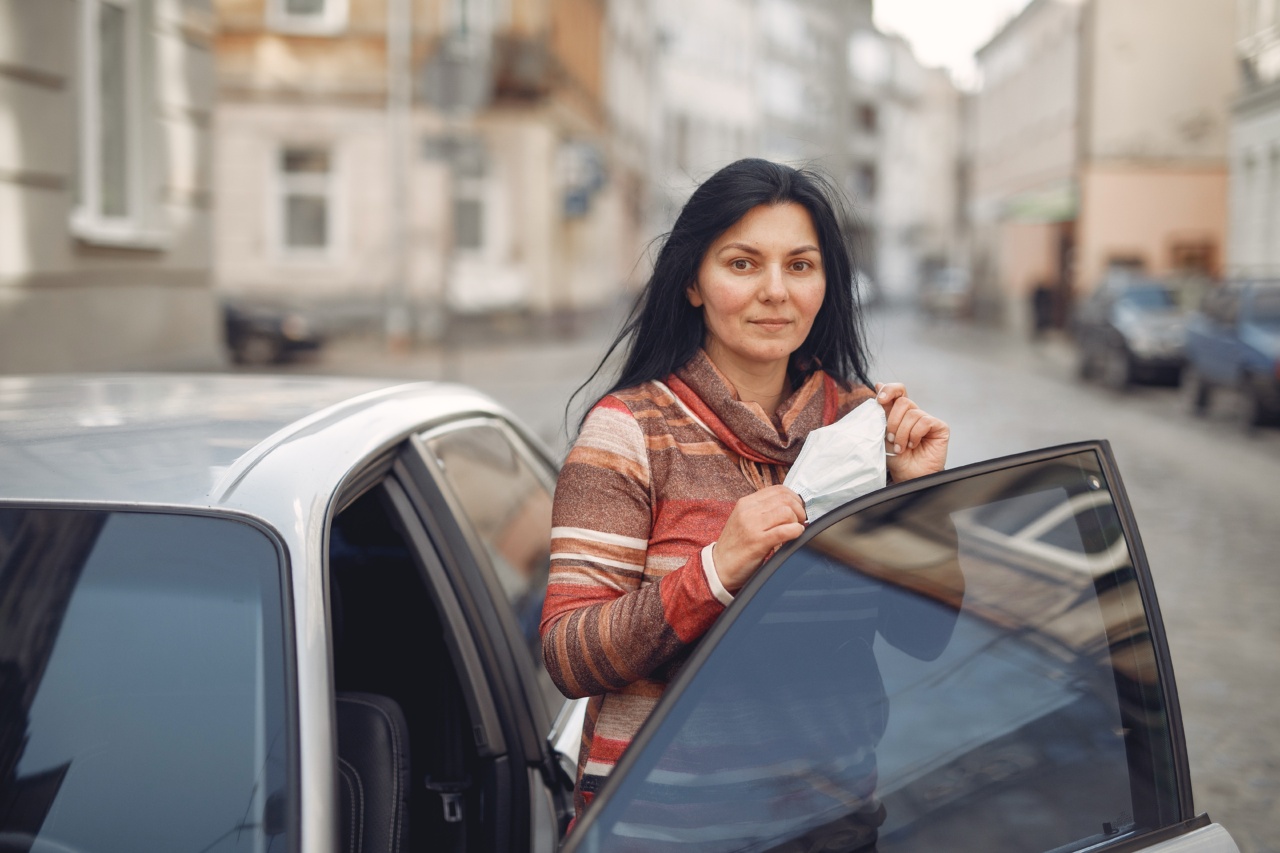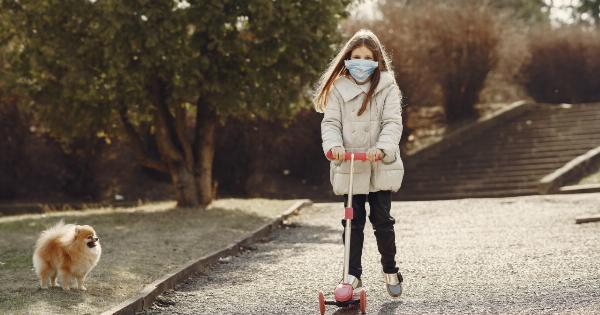Car rides can be a fun and exciting experience for many dogs, but for others, it can be a nauseating and stressful ordeal. Motion sickness is a common problem among dogs, especially puppies and young dogs who are not used to traveling in cars.
If your furry friend frequently gets sick during car rides, it can not only be a messy and unpleasant experience for both of you but can also lead to long-term anxiety and fear of car travel. Taking preventive measures and ensuring a comfortable and stress-free ride for your dog can help prevent motion sickness and make car rides a more enjoyable experience for everyone involved.
What causes motion sickness in dogs?
Motion sickness in dogs is primarily caused by the discrepancy between what the dog’s eyes see and what their inner ears (vestibular system) sense.
When a dog is in a moving car, their eyes perceive the stationary interior, while their inner ear detects motion. This sensory conflict can lead to symptoms like nausea, drooling, vomiting, restlessness, whining, panting, and even diarrhea. Additionally, factors such as anxiety, fear, and previous negative experiences during car rides can exacerbate the problem.
10 Tips to prevent motion sickness in dogs during car rides:
1. Gradual desensitization:
If your dog is not accustomed to car rides, it is essential to introduce them to car travel gradually. Start by letting your pet explore the stationary car to get comfortable with the space.
Once they seem relaxed, progress to short and slow car rides around the block. Gradually increase the duration and distance of the rides, ensuring positive reinforcement and rewards for calm behavior.
2. Choose the right car:
When it comes to preventing motion sickness in dogs, the type of car you have can make a difference. Opt for a car with a smooth and comfortable ride, as excessive jolting and bouncing can worsen nausea.
Additionally, well-ventilated cars and proper climate control can help regulate the temperature for your dog, ensuring their comfort throughout the journey.
3. Restrict food and water before the ride:
Feeding your dog a large meal or allowing them to drink excessive amounts of water before a car ride can increase the chances of motion sickness.
It is advisable to feed your dog at least two to three hours before the journey and limit their water intake to prevent a full stomach. However, ensure they are not dehydrated and offer small sips of water during pit stops.
4. Create a comfortable and secure space:
Provide a comfortable and secure space for your dog inside the car. Utilize a well-ventilated crate, a travel-safe dog bed, or a harness that attaches to the seat belt.
Having a designated space can help your dog feel secure and reduce anxiety during the ride. Make sure to secure the crate or harness properly to avoid any movement or potential injuries during sudden stops or turns.
5. Use appropriate restraint systems:
Proper restraint systems are essential for the safety of both you and your dog. Utilize a dog seat belt, travel crate, or a dog-specific car seat to secure your pet.
These restraint systems prevent your dog from roaming around the car, reducing the chances of motion sickness and ensuring their safety in case of accidents or sudden stops.
6. Open the windows slightly:
Allowing fresh air to circulate inside the car can alleviate symptoms of nausea for some dogs. Open the windows slightly to ensure a gentle flow of air without causing excessive drafts.
Be cautious not to open the windows too wide to avoid any potential escape attempts by your curious canine.
7. Gradually increase car speed:
Start the car ride at a speed that is comfortable for your dog and gradually increase the speed over time. Sudden acceleration and high speeds can trigger motion sickness in dogs.
By slowly acclimating your dog to higher speeds, you give their body and inner ear a chance to adjust, reducing the likelihood of motion sickness.
8. Take frequent breaks:
Break up long car rides with frequent pit stops to allow your dog to stretch their legs, go to the bathroom, and get some fresh air. Short breaks also help alleviate any anxiety or restlessness your dog may experience during the journey.
It is essential to provide plenty of water and offer small, light snacks during the breaks to keep your dog hydrated and prevent an empty stomach.
9. Provide distractions:
Distracting your dog with toys, treats, or interactive feeding puzzles can help shift their focus away from motion sickness. Engaging their senses and keeping their mind occupied during the car ride can reduce anxiety and prevent the onset of nausea.
10. Consider medications or natural remedies:
If your dog’s motion sickness persists despite trying various preventive measures, consult your veterinarian about potential medications or natural remedies that may help.
Antihistamines or other prescription medications can alleviate nausea and calm your dog during car rides. Natural remedies such as ginger or lavender can also have soothing effects.
Conclusion
Motion sickness can make car rides a stressful and unpleasant experience for your dog.
By taking proactive measures and implementing the tips mentioned above, you can significantly reduce the likelihood of motion sickness and make car rides a comfortable and enjoyable adventure for your four-legged friend. Remember to be patient, provide positive reinforcement, and consult your veterinarian if necessary to find the best solution for your dog’s individual needs.






























